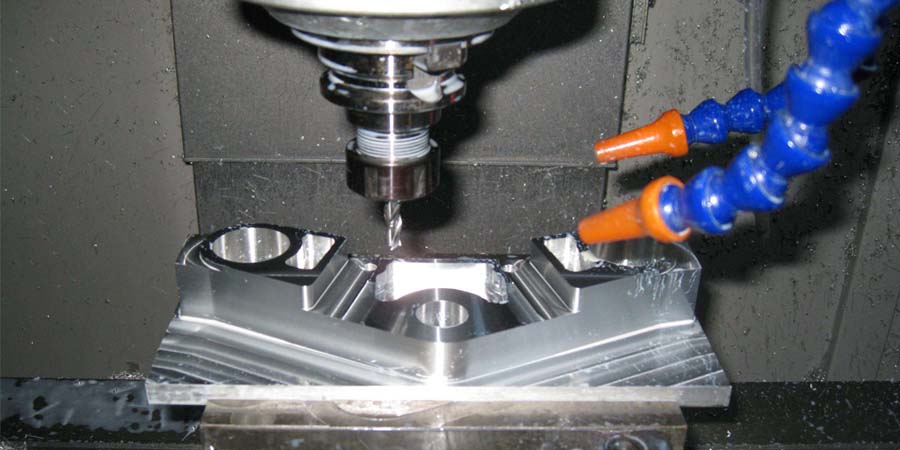During vibration cutting, the cutting force is small, the cutting temperature is low, the cooling is sufficient, and the chips are easier to break and discharge, which can significantly extend the tool life of precision mechanical parts processing. If the vibration parameters are properly selected, the tool life can generally be extended several times to Dozens of times, it is better for the application of difficult-to-machine materials and difficult-to-machine processes. The ultrasonic vibration cutting test of stainless steel with a cemented carbide tool shows that the service life of the tool is 20 times higher than that of ordinary cutting methods. The extension of tool life can not only save tool material, reduce auxiliary time, reduce the processing cost of precision mechanical parts, improve production efficiency, but also help to ensure processing quality.
When using ordinary cutting, the chips are always pressed on the rake face of the tool, forming a high temperature and high pressure area, and it is difficult for the cutting fluid to enter the cutting area, and it can only play an indirect cooling effect on the periphery of the tool. When using vibration cutting, since the cutting is intermittent, when the tool is separated from the precision parts, the cutting fluid enters the cutting area from the periphery to fully cool and lubricate the tip of the tool. Especially in ultrasonic vibration cutting, on the one hand, due to the cavitation caused by ultrasonic vibration, the cutting fluid can be emulsified uniformly to form uniform emulsified particles. On the other hand, cutting fluid is more likely to penetrate into material cracks, which can further improve the use effect of cutting fluid and chip removal conditions, thereby improving the processing quality of precision mechanical parts.

During vibratory cutting, the tool vibrates according to a sinusoidal law, forming tiny tool marks on the machined surface, similar to the fancy mesh pattern formed during the second rework. A large number of patterns are evenly distributed on the machined surface of precision mechanical parts, which makes the parts easy to form a thick oil film during operation, and can improve the wear resistance of sliding friction. The residual stress of vibration cutting is very small, the processing metamorphic layer is shallow, and there is only a small processing deformation near the cutting edge. Corrosion, cutting tests have proved that the wear resistance and corrosion resistance of the workpiece surface processed by vibration cutting are close to the ground, which is enough to ensure the machining accuracy of precision mechanical parts.


